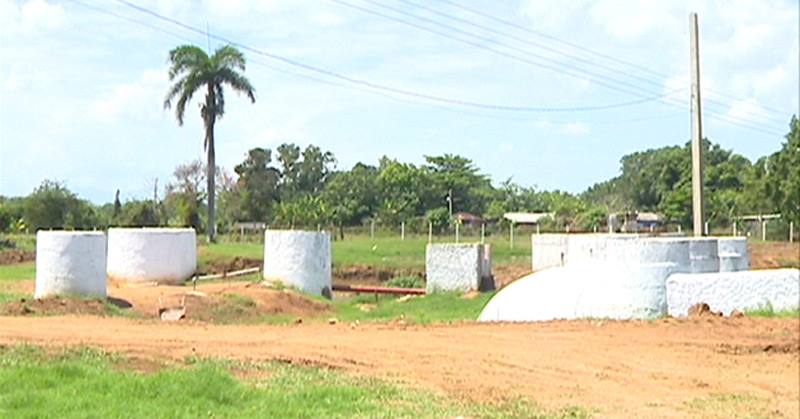Holguín Extends Use of Biodigesters in Benefit of Environment
- Written by Ania María Mulet Fernández
- Published in Holguin
- Hits: 1368
 In view of the increasingly need to protect the nature of indiscriminate human activity, the science sector in Holguín is involved in a project for the environmental assessment and efficiency of biodigesters in the process of removing liquid pollutants.
In view of the increasingly need to protect the nature of indiscriminate human activity, the science sector in Holguín is involved in a project for the environmental assessment and efficiency of biodigesters in the process of removing liquid pollutants. This research, led by the Center for Environmental Research and Services of the territory, emerged from the work carried out since 2016 by the University of Holguín and the provincial headquarters of CUBASOLAR, an institution that promotes the use of renewable energy sources.
According to the study and the effectiveness of the biodigesters, which are considered one of the most efficient waste treatment systems, the waters coming from these systems were poured into the territory without the quality parameters indicated in Cuba.
The project, planned to be extended to other municipalities in the northeastern region, focuses on plants linked to non-state piggery activity, which has grown in recent years from social demands.
In statements Janet Soberats, head of the study, explained that in that case the rate of generation of excreta is almost five kilograms per animal per day, which requires of a proper functioning of the treatment system of residuals for its value in protecting the environment.
According to surveys and interviews carried out, there is still ignorance by producers about the importance of biodigesters as means that contribute to the biological stability of the environment, said the specialist.
To transform the situation, she noted, training actions have been carried out with the workers of the piggery development programs, including lectures and courses on the operation and importance of the biodigesters, among others.
The effectiveness of this technology for the benefit of the environment is evaluated by project members based on the selection of new water samples at the entrance and exit of the plants and their comparison with the initial removal percentages, Soberats said.
